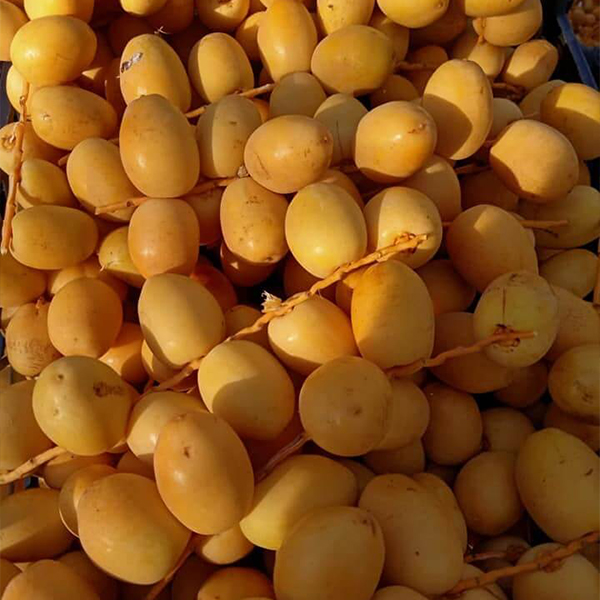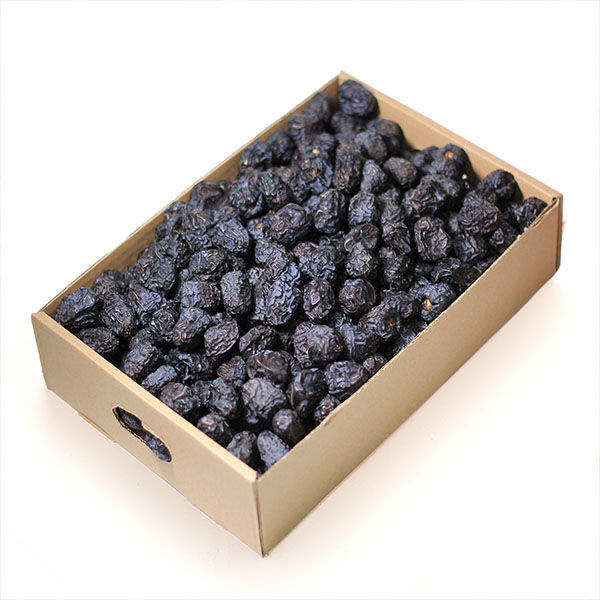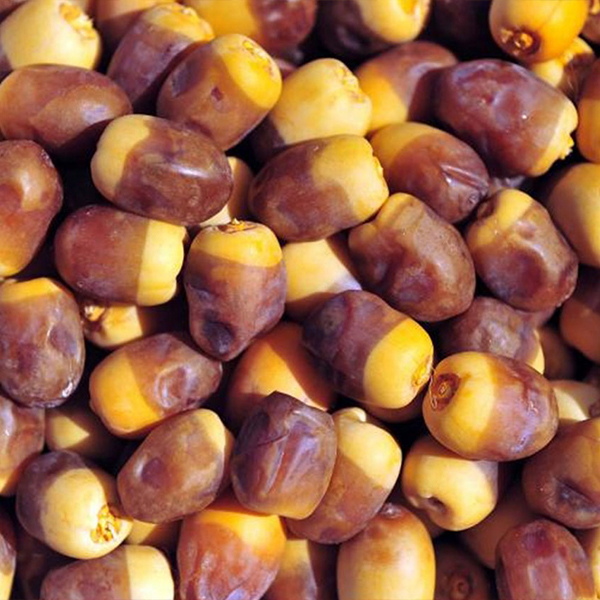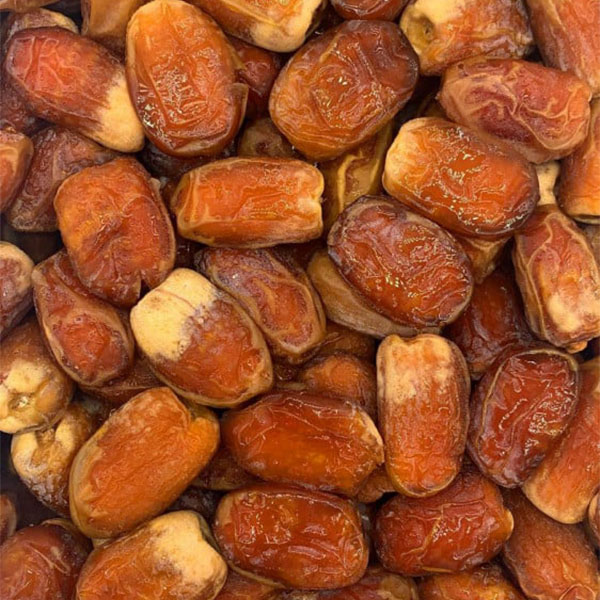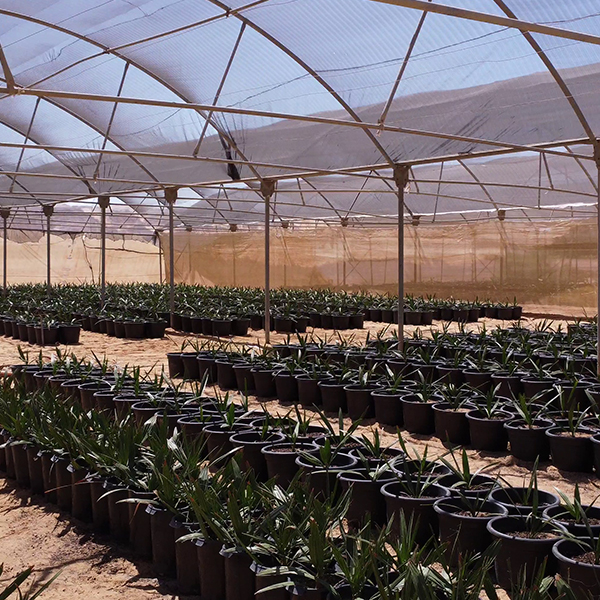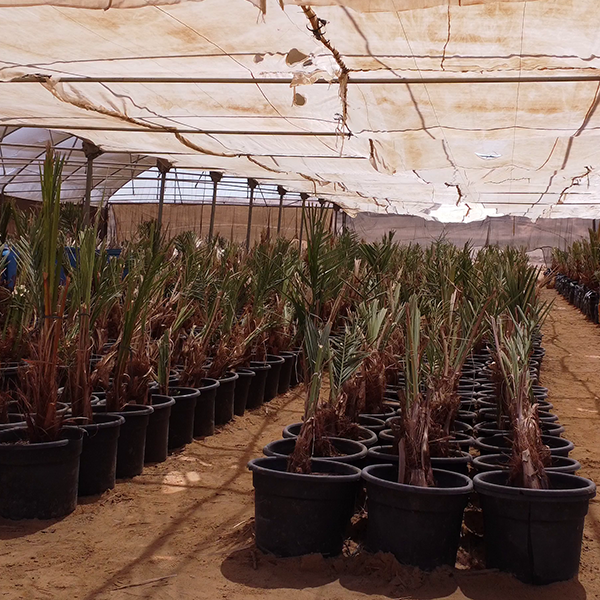The most important information about Barhi Dates:
- Color and shape:
- Barhi dates are characterized by their bright yellow color at the Rutab stage (fresh dates), and turn golden brown or light brown when fully ripe.
- Barhi fruits are relatively small compared to other types, and are round or oval in shape.
- Texture:
- Barhi dates are characterized by a soft and light texture during the Rutab stage, but become softer and sugary when fully ripe.
- Taste:
- Its taste is sweet and moderate, and it is less sweet than some other types such as Majdool.
- It is characterized by a touch of “caramel flavor” when eaten, especially in the ripening stages Different.
- Nutritional benefits:
- Rich in natural sugars such as glucose and fructose that provide quick energy to the body.
- Contains a good percentage of fiber that helps improve digestion.
- Contains important vitamins and minerals such as potassium and magnesium.
- Rich in antioxidants that support the health of the immune system and help protect against diseases.
- Uses:
- Barhi dates are eaten as a healthy snack whether they are in the fresh or fully ripe stage.
- Added to salads, desserts and many different dishes.
- Some prefer it with Arabic coffee or tea, and it is served on occasions and hospitality.
- Stages of ripeness:
- Barhi dates can be eaten at different stages of ripeness, being soft and less sweet when ripe, then becoming sweeter and stickier when fully ripe.
- This type of date is one of the few that can be eaten at the “Rutab” stage before it turns into a completely dry date.
- Storage:
- Barhi dates are best eaten fresh, but they can be stored for longer periods in the refrigerator or even frozen.
- When storing, it is best to keep them in tightly sealed containers to maintain their freshness and quality.

 Field Crops and Feeds
Field Crops and Feeds Vegetable Products
Vegetable Products Fruit Products
Fruit Products Medicinal and Aromatic Plants
Medicinal and Aromatic Plants Livestock Production
Livestock Production Fish Production
Fish Production Amna Dates
Amna Dates